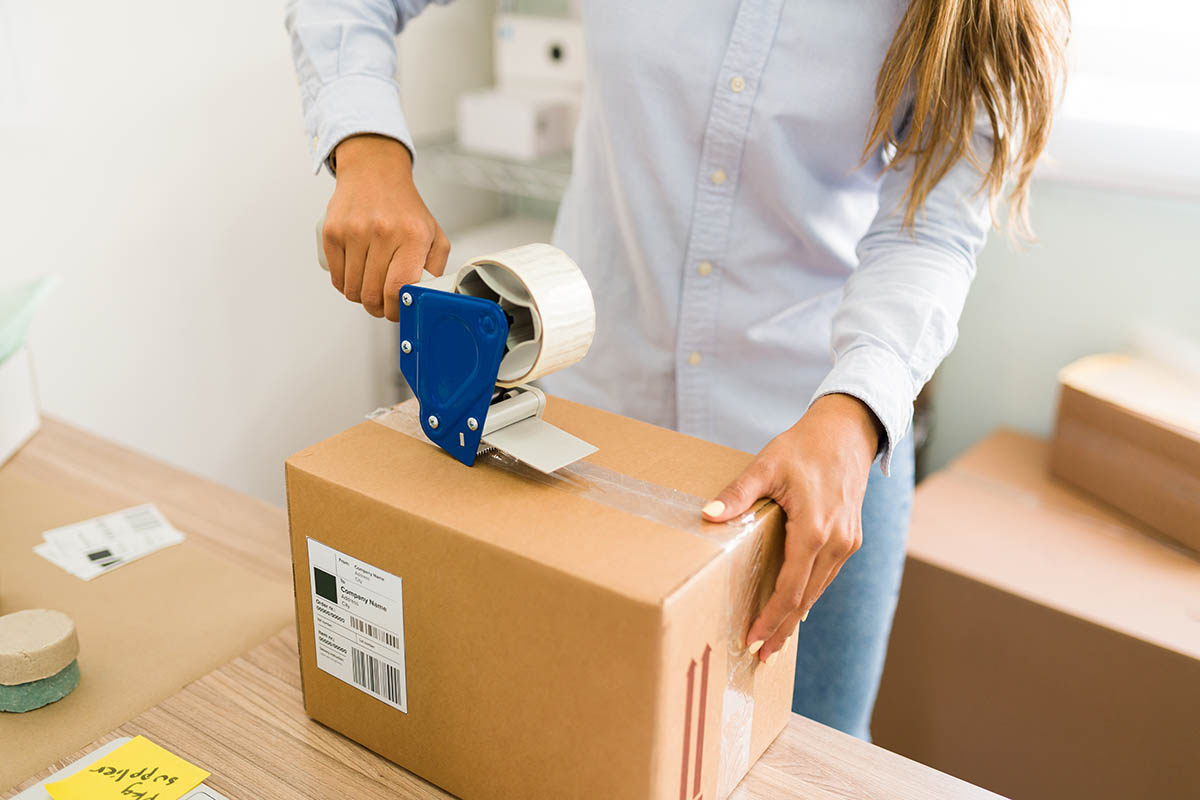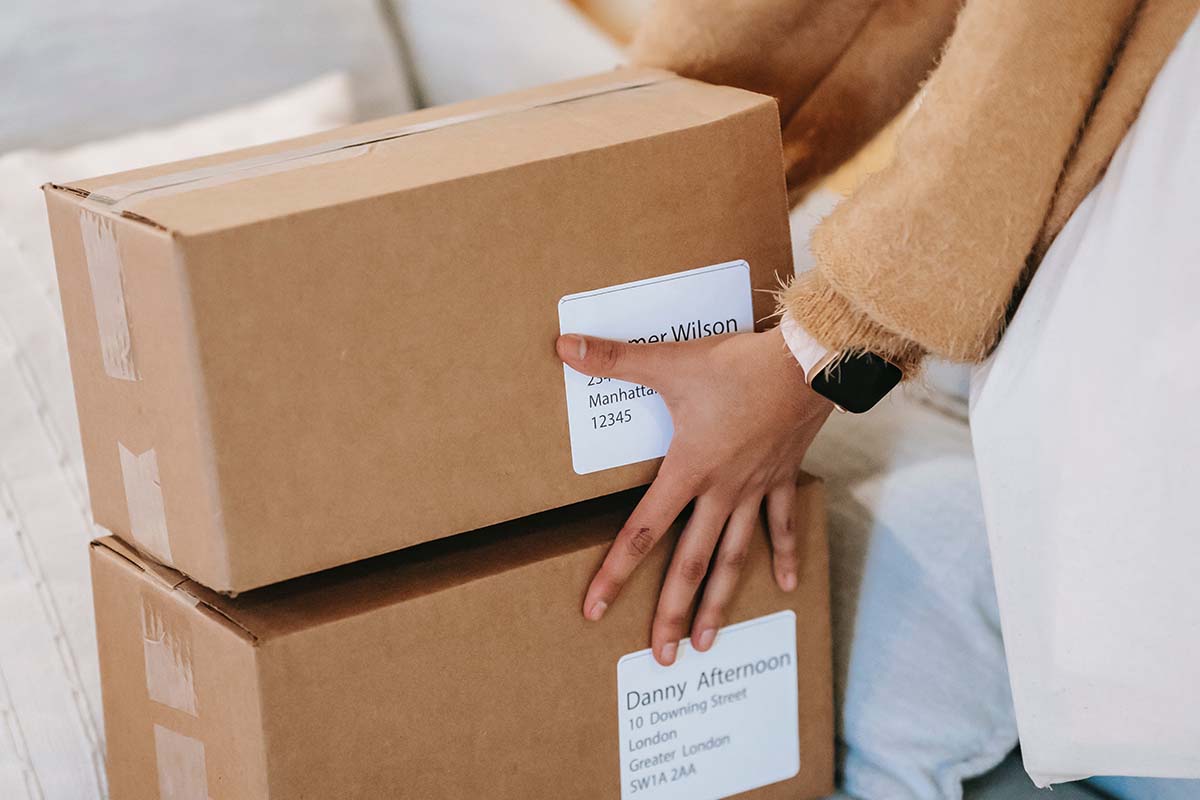Reduce Shipping Losses: The 4 Tips To Get You Started
The shipping industry is filled with challenges. Packages can be damaged, lost, or stolen at any point in their journey from a business’s warehouse to a customer’s home. These risks are amplified when shipping packages through third-party logistics providers or freight brokers.
Reducing shipping loss and shrinkage is essential for businesses that rely on shipping as a means of distribution. Shipping loss refers to the value of inventory not delivered to customers or vendors due to theft, natural disaster, or other unforeseen circumstances.
Shrinkage is another word for lost inventory resulting from mishandling or other human error. To reduce shipping loss and shrinkage, you need to have processes that mitigate potential risks and keep track of your packages throughout their journey — from pick-and-pack to the final destination.
Use the correct size packaging
Shipping companies, carriers, and warehouses are notorious for overcharging on the packaging. However, oversized packaging dramatically increases shipping costs and inventory shrinkage by increasing the likelihood of damage.
To reduce shipping loss, use large packaging to accommodate the item while leaving enough room for cushioning. Avoid wasted products, damages, and additional costs due to incorrect packaging.
Use suitable packaging materials
Packaging materials should be sturdy enough to protect your inventory but light enough to keep shipping costs low. If you need to ship fragile or high-value items, use packaging materials that are strong enough to protect them from damage without overly increasing the package size.
For example, select reinforced boxes with a double wall if you use cardboard boxes. The type of packaging materials you choose also depends on the shipping method.
Streamline your shipping processes
You’re setting yourself up for failure if your shipping process isn’t organized. Make sure your employees know how to handle and mark shipments correctly. This will help you track your packages more effectively and quickly identify any issues that arise with a shipment.
Creating a system that allows you to locate and mark damage to items rapidly. If a package is damaged, employees should be able to use a consistent and accurate system to label it appropriately. This will help you track and report damage quickly.
Your streamlining efforts should also include organizing your packaging department so it’s set up for easier packaging and transitioning to being shipped to reduce wasted time and inefficiencies.
Purchase shipping insurance
Purchasing shipping insurance is the best way to recoup your losses if a package is damaged or lost. Shipping insurance is relatively inexpensive and offers protection in case of a lost or damaged package.
Shipping insurance often limits the coverage you can receive, depending on the shipping company. You can choose the level of cover and who is reimbursed should you need to make a claim, be it the vendor, customer, shipping company, or another third party. Always check the small print and choose a reputable insurance company such as Secursus for added peace of mind.
Conclusion
Shipping loss is inevitable regardless of how careful you are. To minimize shipping loss, you should use durable and appropriately sized packaging sourced from reputable shipping providers. You should also streamline your shipping processes and purchase insurance.




















